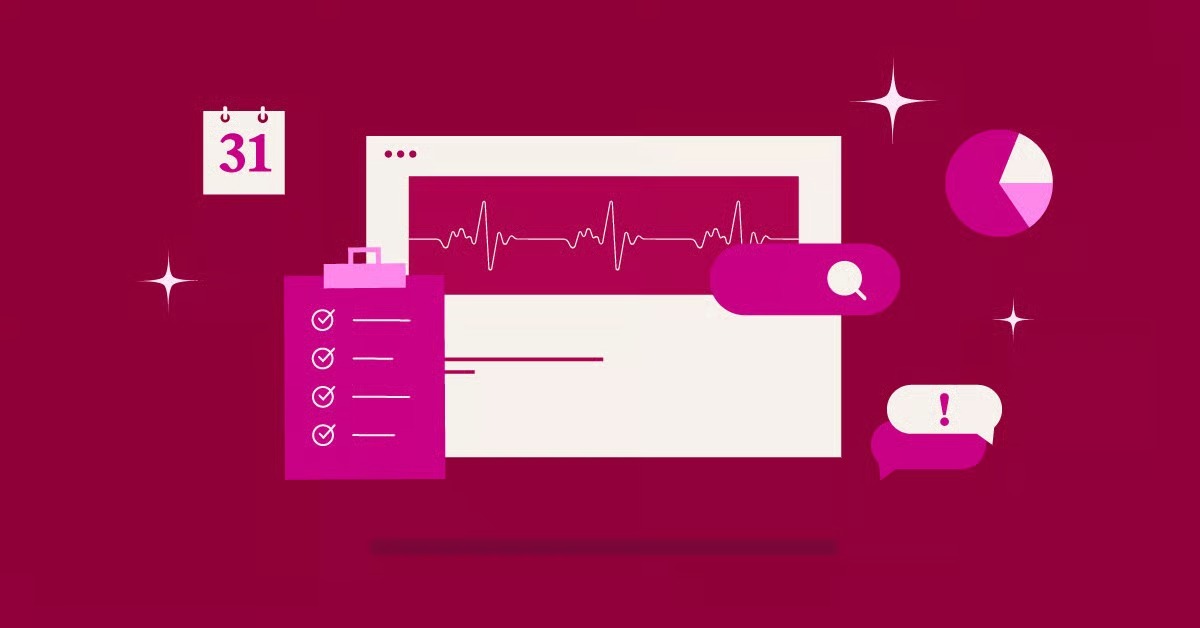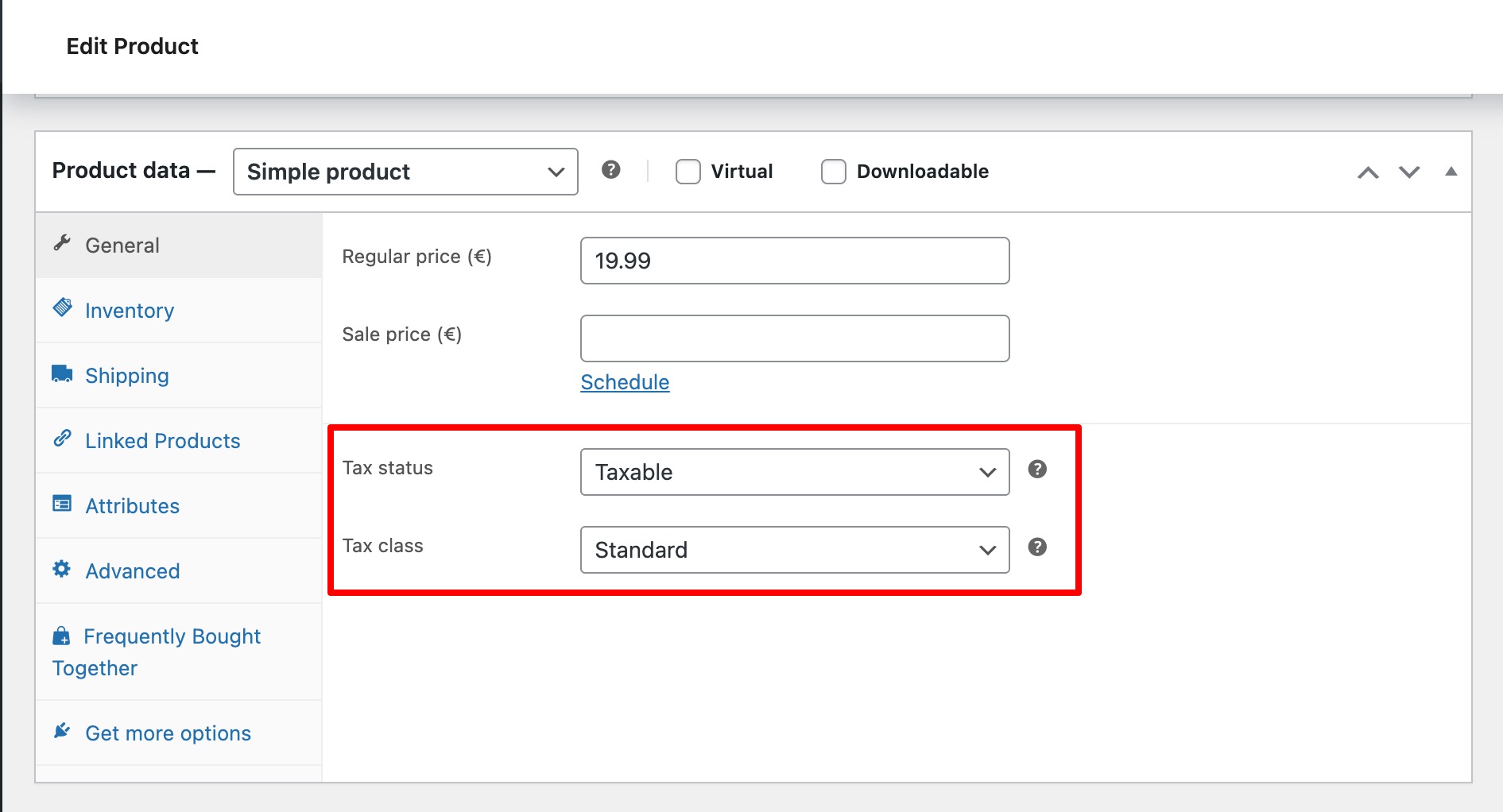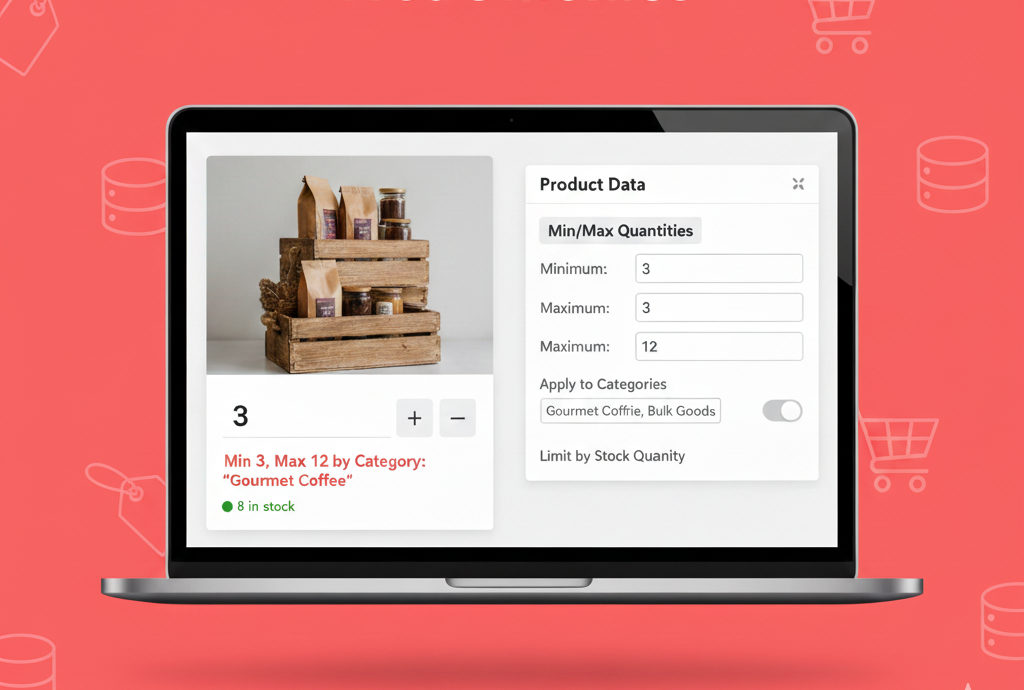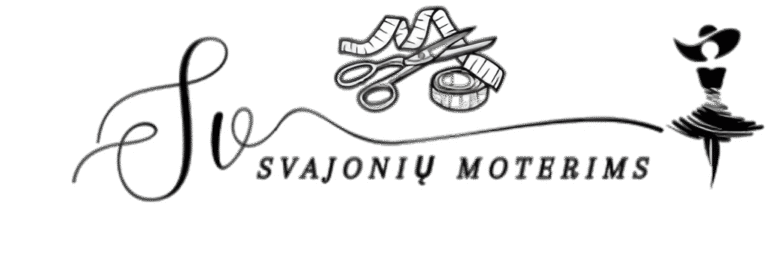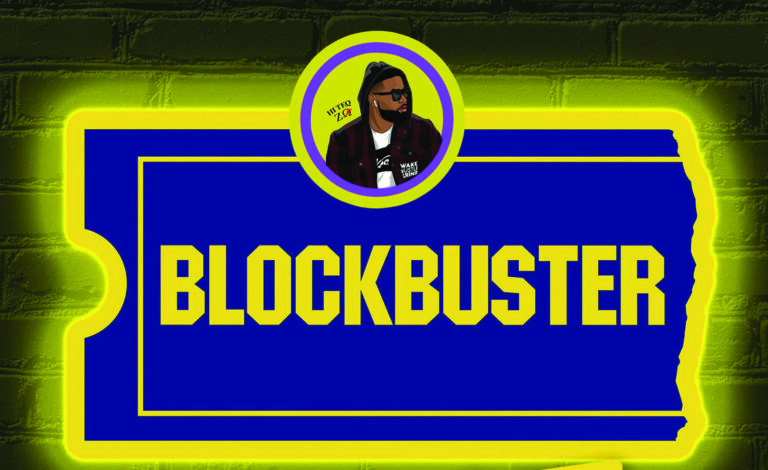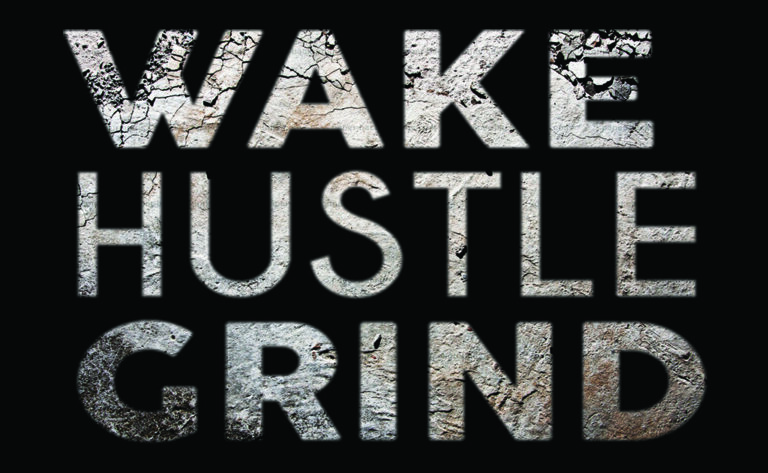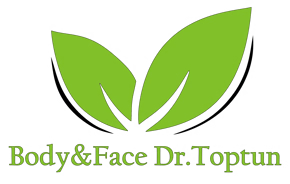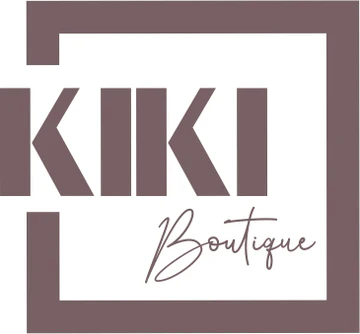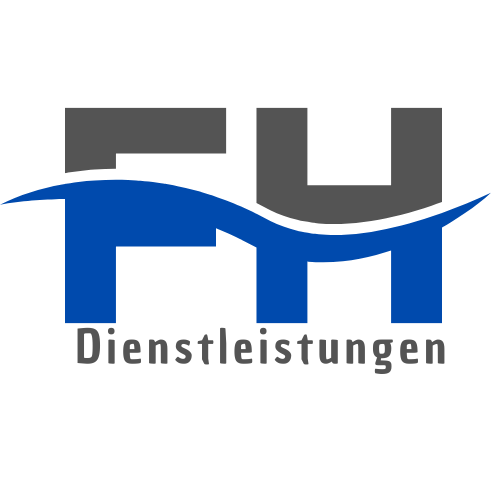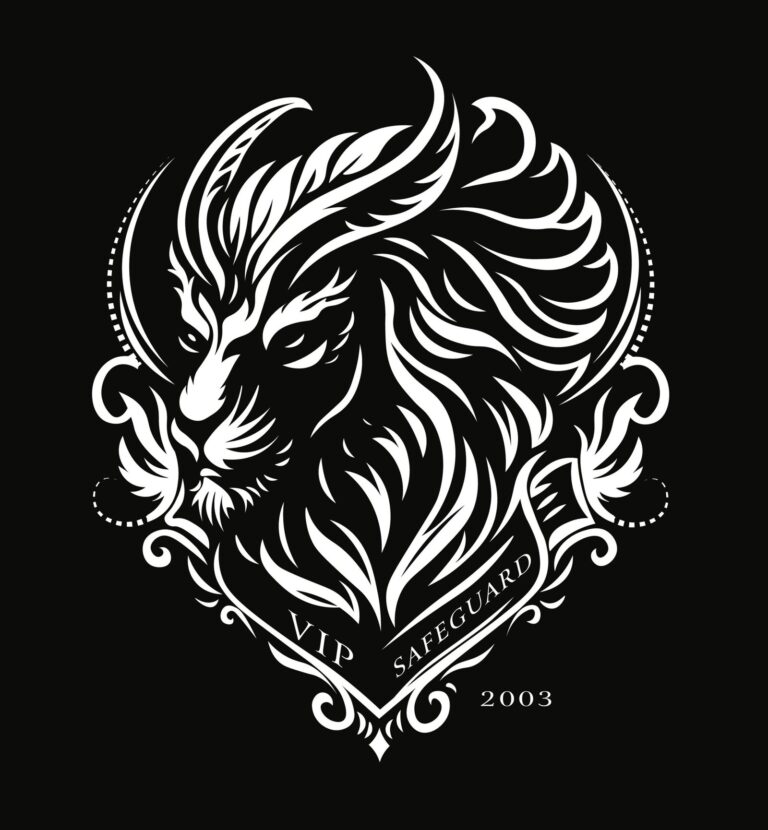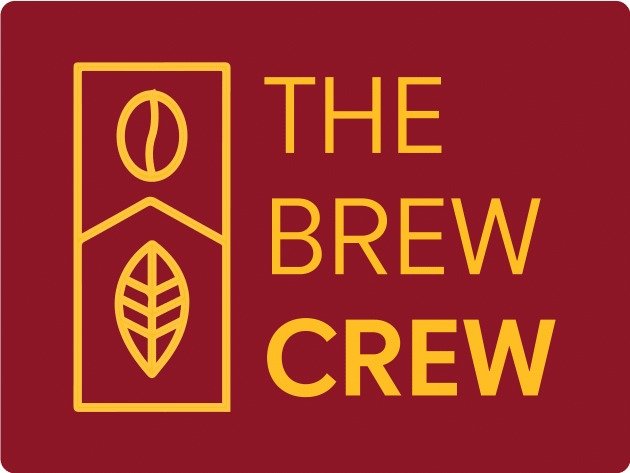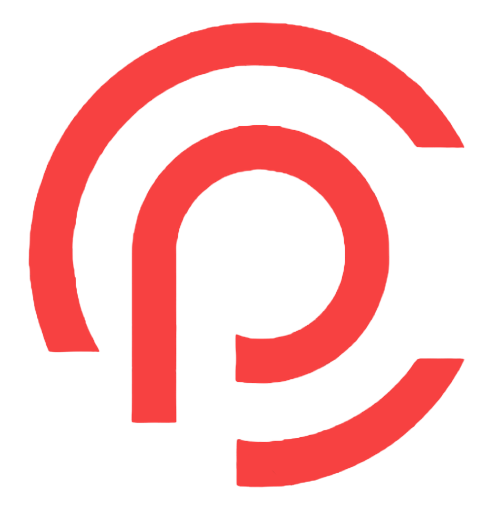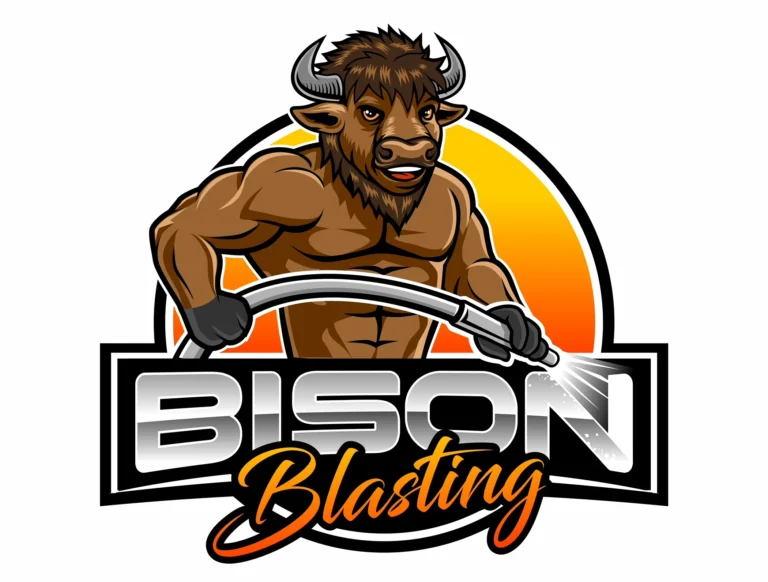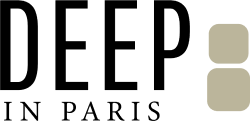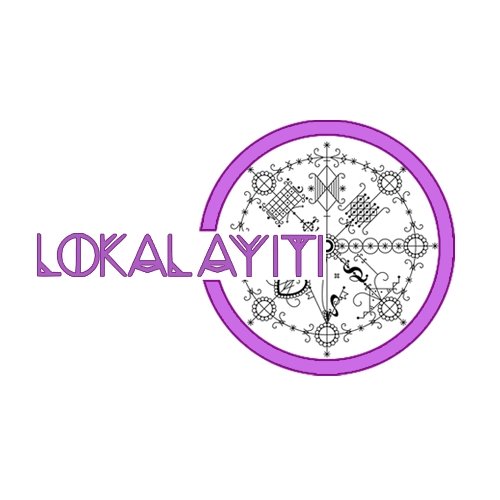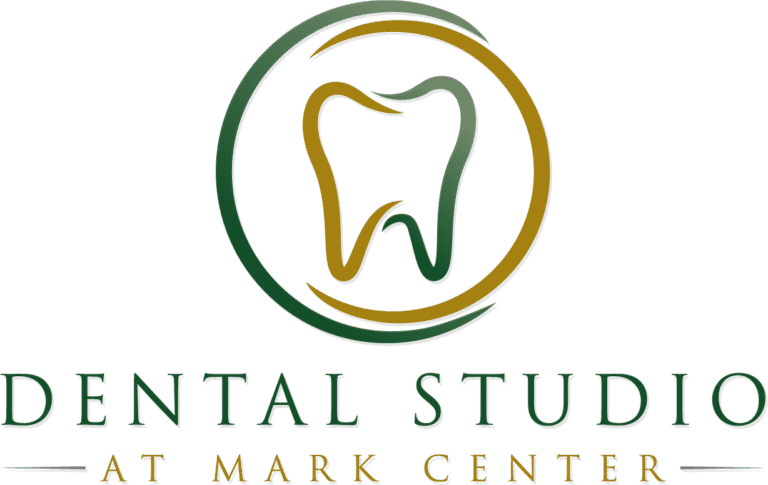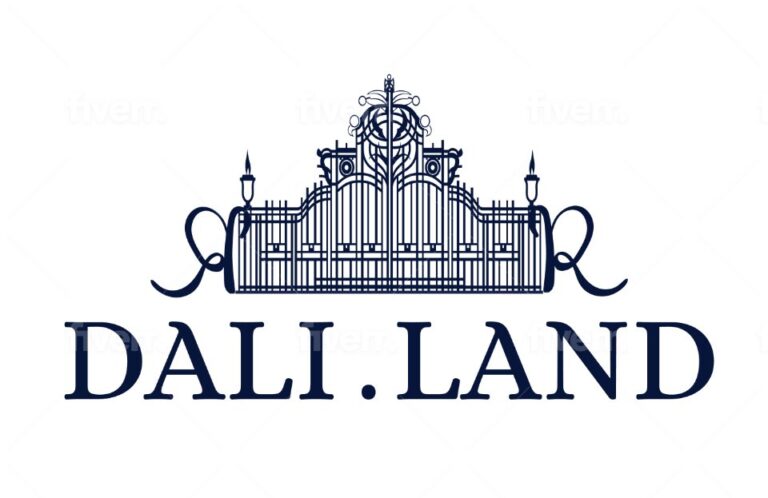Working out and enforcing web site safety features is key to development accept as true with, protective your knowledge, and making sure your on-line operations run easily. An unsecured web site is a vital chance, now not best to what you are promoting but additionally on your guests. It may end up in knowledge robbery, monetary loss, reputational injury, and a whole lack of buyer accept as true with. This information will stroll you thru the whole lot you wish to have to learn about web site safety, from figuring out the threats to enforcing a strong protection technique to your virtual presence.
Key Takeaways
- Website online safety is a multi-layered, ongoing procedure, now not a unmarried product or a one-time repair. It comes to protective your web site’s knowledge, tool, community, and customers from quite a lot of cyber threats.
- Commonplace threats are numerous and complex, together with malware, phishing, SQL injections, Move-Website Scripting (XSS), and Denial-of-Provider (DoS) assaults. Working out those threats is step one towards efficient prevention.
- The core pillars of safety are constructed on a protected internet hosting basis, diligent tool upkeep (updates are crucial), strict get admission to keep an eye on insurance policies, and powerful knowledge encryption (like SSL/TLS).
- Sensible safety features are out there to everybody. Enforcing a Internet Software Firewall (WAF), carrying out common safety scans, making a dependable backup plan, and following WordPress hardening absolute best practices can dramatically support your safety posture.
- Your selection of gear issues. The use of a protected, well-maintained web site builder and internet hosting platform, just like the built-in ecosystem introduced by way of Elementor, may give a more potent safety basis and cut back vulnerabilities led to by way of conflicting or poorly coded third-party gear.
- Proactive protection is the most efficient technique. Looking forward to an assault to occur is a recipe for crisis. A proactive manner comes to steady tracking, common updates, and ongoing schooling to stick forward of rising threats.
Working out the Panorama of Website online Threats
To offer protection to your web site, you first want to perceive what you’re up in opposition to. Cybercriminals make use of a wide selection of ways to take advantage of vulnerabilities, thieve knowledge, and disrupt products and services. Those strategies are continuously evolving, turning into extra subtle and tougher to hit upon. Familiarizing your self with the commonest kinds of assaults is step one in development an efficient protection. It lets you acknowledge doable weaknesses for your personal setup and prioritize the protection measures that may have the best have an effect on. Beneath are one of the vital maximum prevalent threats that web site house owners face these days.
Malware: The Malicious Tool Threat
Malware, brief for malicious tool, is a wide class of tool in particular designed to motive injury to a pc, server, consumer, or pc community. Attackers use malware to achieve unauthorized get admission to to a web site’s backend, thieve touchy data, or use the server for their very own malicious functions. As soon as a web site is inflamed, it may be used to unfold the malware to its guests, resulting in a lack of accept as true with and doable blacklisting by way of engines like google.
There are a number of not unusual kinds of malware that concentrate on web sites:
- Viruses: Those are malicious code snippets that connect themselves to wash recordsdata and unfold from one report to every other, disrupting the web site’s capability.
- Ransomware: This kind of malware encrypts a web site’s recordsdata, making them inaccessible. The attackers then call for a ransom fee, in most cases in cryptocurrency, in alternate for the decryption key. Paying the ransom is dangerous and doesn’t ensure you’ll get your recordsdata again.
- Spy ware: Because the identify suggests, spy ware is designed to undercover agent on you. It secretly gathers data from a web site, equivalent to consumer credentials, monetary main points, and different confidential knowledge, and sends it again to the attacker.
- Spy ware: This malware routinely delivers undesirable ads to a web site’s guests, steadily within the type of pop-ups. Whilst much less damaging than different sorts, it creates a deficient consumer enjoy and will injury your emblem’s recognition.
- Backdoors: A backdoor is one of those malware that bypasses standard authentication procedures to achieve faraway, unauthorized get admission to to a server. Attackers can then use this get admission to to change recordsdata, thieve knowledge, or release additional assaults.
Phishing: The Artwork of Deception
Phishing is a social engineering assault the place criminals try to trick customers into divulging touchy data equivalent to usernames, passwords, and bank card main points. They do that by way of masquerading as a devoted entity in an digital communique, like an e-mail or a message. For web site house owners, phishing can manifest in numerous techniques.
Attackers would possibly create a faux login web page that appears similar to your precise WordPress or admin login web page. They then ship out emails to you or your customers, tricking them into clicking a hyperlink that ends up in the faux web page. When the consumer enters their credentials, the attacker captures them. Phishing assaults may also be used to trick web site directors into putting in malware by way of convincing them to obtain a apparently respectable report or plugin.
SQL Injection (SQLi): Attacking the Database
Many web sites use a database to retailer data, equivalent to consumer knowledge, content material, and product stock. An SQL Injection is an assault that goals this database. Attackers exploit vulnerabilities in a web site’s code to “inject” malicious SQL (Structured Question Language) instructions right into a question.
If a success, those instructions can permit the attacker to circumvent authentication, view, regulate, or delete knowledge within the database. For an eCommerce web site constructed with a device just like the Elementor WooCommerce Builder, an SQLi assault may well be devastating, probably exposing buyer names, addresses, and order histories. This now not best leads to an enormous knowledge breach but additionally utterly erodes buyer accept as true with.
Move-Website Scripting (XSS): Hijacking Person Classes
Move-Website Scripting is a vulnerability the place an attacker injects malicious scripts, generally JavaScript, right into a web site. Not like SQLi, which goals the server’s database, XSS goals the web site’s customers. When an unsuspecting consumer visits the compromised web page, the malicious script executes of their browser.
This may permit the attacker to accomplish a lot of malicious movements, equivalent to:
- Stealing the consumer’s consultation cookies, which can be utilized to impersonate the consumer and acquire get admission to to their account.
- Redirecting the consumer to a malicious web site.
- Taking pictures keystrokes, together with usernames and passwords.
- Defacing the web site by way of changing its content material.
XSS vulnerabilities are steadily present in spaces of a web site that settle for consumer enter, equivalent to remark sections, boards, and seek bars, if that enter isn’t correctly sanitized ahead of being exhibited to different customers.
Denial-of-Provider (DoS) and Disbursed Denial-of-Provider (DDoS) Assaults
The purpose of a Denial-of-Provider assault is to make a web site or on-line carrier unavailable to its supposed customers. The attacker achieves this by way of overwhelming the objective server with a flood of web site visitors. Consider 1000 other folks all looking to get thru a unmarried doorway on the identical time. The entrance will get blocked, and no person can get in.
A Disbursed Denial-of-Provider (DDoS) assault is a larger-scale model of a DoS assault. As an alternative of the site visitors coming from a unmarried supply, the attacker makes use of a community of compromised computer systems, steadily referred to as a botnet, to release the assault from 1000’s and even hundreds of thousands of various places concurrently. This makes DDoS assaults a lot more tough and tougher to shield in opposition to. For any industry, downtime manner misplaced income and pissed off consumers, making DDoS a significant risk.
Guy-in-the-Heart (MitM) Assaults
A Guy-in-the-Heart assault is a type of eavesdropping the place an attacker secretly intercepts and relays communique between two events who imagine they’re speaking without delay with each and every different. For instance, an attacker may place themselves between a consumer’s browser and your web site’s server.
If the relationship isn’t encrypted, the attacker can learn all of the knowledge being exchanged, together with login credentials and private data. They are able to additionally regulate the knowledge in transit. As an example, they might regulate a transaction to redirect finances to their very own account. Because of this encrypting all communique with SSL/TLS is basically crucial.
The Core Pillars of Website online Safety
A powerful web site safety posture isn’t constructed on a unmarried device or trick. It’s a complete technique in accordance with a number of basic rules running in combination. Bring to mind it like development a castle. You don’t simply construct a robust wall. you additionally want a deep moat, guarded gates, and vigilant sentries. Every layer of protection enhances the others, growing a powerful barrier in opposition to attackers. Through that specialize in those core pillars, you’ll identify a strong framework that protects your web site from the bottom up, making sure its integrity, availability, and confidentiality.
Pillar 1: Protected Webhosting and Infrastructure
The basis of your web site’s safety is its internet hosting surroundings. You’ll be able to have probably the most protected utility on this planet, but when it’s operating on a compromised or poorly configured server, it’s nonetheless susceptible. Opting for a top quality, protected internet hosting supplier is likely one of the maximum necessary safety selections you’re going to make.
A credible supplier will set up the server’s safety for you, enforcing a variety of protecting measures on the infrastructure degree. This can be a key benefit of controlled internet hosting answers like Elementor Webhosting, that are in particular optimized for efficiency and safety. Key options to search for in a protected internet hosting surroundings come with:
- Internet Software Firewall (WAF): A WAF sits between your web site and the web, filtering out malicious site visitors ahead of it could even achieve your web site. It could actually block not unusual assaults like SQL injection and XSS on the community edge.
- DDoS Coverage: As mentioned, DDoS assaults can deliver your web site down. Excellent internet hosting suppliers be offering integrated DDoS mitigation to take in and clear out those malicious site visitors floods, preserving your web site on-line.
- Common Backups: In a worst-case state of affairs the place your web site is compromised, having a contemporary backup is your lifeline. Protected internet hosting products and services in most cases carry out automated, day-to-day backups and supply a very simple strategy to repair your web site, minimizing downtime and knowledge loss.
- Malware Scanning: Proactive scanning on the server degree can hit upon and quarantine malware ahead of it has a possibility to execute and motive injury.
- Server Repairs and Patching: The internet hosting supplier is liable for preserving the server’s working gadget and different underlying tool up-to-date with the most recent safety patches.
Through opting for a controlled internet hosting answer, you offload a good portion of the protection accountability to mavens, permitting you to concentrate on development and rising your web site.
Pillar 2: Tool and Software Safety
Your web site is constructed with tool. This comprises your Content material Control Gadget (CMS) like WordPress, your theme, and any plugins or extensions you’ve put in. Every piece of tool is a possible access level for attackers if it comprises a vulnerability. Retaining this tool protected is a crucial, ongoing accountability.
The Absolute Significance of Updates
Tool builders are continuously running to spot and fasten safety holes of their code. After they in finding one, they unlock an replace or a “patch” to mend it. Because of this you spot common replace notifications to your CMS, plugins, and issues. Making use of those updates promptly is likely one of the most efficient issues you’ll do to protected your web site.
Failing to replace your tool is like leaving a recognized backdoor open for criminals. Attackers actively scan the internet for websites operating old-fashioned tool with recognized vulnerabilities. It’s low-hanging fruit for them. At all times permit automated updates the place conceivable, and make it a standard dependancy to test for and practice any pending updates.
Vetting Your Plugins and Subject matters
The huge ecosystem of plugins and issues is likely one of the nice strengths of platforms like WordPress, however it additionally gifts a safety chance. No longer all plugins are created equivalent. A poorly coded or deserted plugin can introduce a significant vulnerability on your web site.
Observe those absolute best practices when opting for and managing your plugins and issues:
- Obtain from respected resources: Most effective obtain plugins and issues from the professional WordPress repository or from relied on, well known builders. The Elementor Library, for instance, supplies a curated choice of professionally designed and vetted belongings.
- Take a look at for fresh updates and energetic fortify: Take a look at the plugin’s web page. When was once it closing up to date? Is the developer actively responding to fortify questions? An deserted plugin is not going to obtain safety patches and must be have shyed away from.
- Learn opinions and test scores: See what different customers are announcing. A historical past of safety problems or deficient fortify is a big pink flag.
- Be a minimalist: Most effective set up the plugins you completely want. Each and every plugin you upload will increase your web site’s “assault floor” and provides every other piece of tool you wish to have to stay up to date. Often overview your put in plugins and delete any which can be inactive or not vital.
Pillar 3: Get right of entry to Regulate and Person Control
Get right of entry to keep an eye on is set making sure that best approved folks can get admission to the executive spaces of your web site and that they simply have the permissions they want to do their jobs. Vulnerable or stolen login credentials are one of the crucial not unusual techniques attackers acquire preliminary get admission to to a web site.
Sturdy Passwords and Two-Issue Authentication (2FA)
A powerful password is your first defensive line. A vulnerable, simply guessable password like “123456” or “password” is an open invitation to attackers. Put in force a robust password coverage for all customers with get admission to on your web site’s backend. A powerful password must be:
- Lengthy: A minimum of 12-16 characters.
- Complicated: A mixture of uppercase and lowercase letters, numbers, and logos.
- Distinctive: By no means reuse passwords throughout other websites. Use a password supervisor to assist generate and retailer distinctive, complicated passwords for each account.
For an excellent more potent protection, put into effect Two-Issue Authentication (2FA). 2FA provides a 2nd layer of safety to the login procedure. After getting into their password, the consumer should supply a 2nd piece of data, in most cases a time-sensitive code generated by way of an app on their smartphone. Because of this despite the fact that an attacker steals a consumer’s password, they nonetheless can’t log in with out bodily get admission to to the consumer’s telephone.
The Idea of Least Privilege
The main of least privilege is a safety idea that states a consumer must best be given the minimal ranges of get admission to – or permissions – had to carry out their activity purposes. For instance, a content material writer who best wishes to jot down and edit weblog posts must now not have an Administrator account having the ability to set up plugins or exchange web site settings.
Through proscribing consumer permissions, you prohibit the prospective injury an attacker can do in the event that they set up to compromise a consumer’s account. Often overview the consumer accounts in your web site and make sure that each and every position has the suitable degree of get admission to. Take away any consumer accounts which can be not wanted.
Pillar 4: Information Coverage and Encryption
Protective knowledge is on the center of web site safety. This comprises the private data of your customers, what you are promoting’s confidential knowledge, and the integrity of your web site’s content material. Information must be safe each when it’s being transmitted over the web (in transit) and when it’s saved in your server (at leisure).
SSL/TLS Certificate and HTTPS
Have you ever ever spotted the padlock icon for your browser’s deal with bar and the “https” at first of a URL? That signifies the web site is the use of an SSL/TLS certificates to protected the relationship. SSL (Protected Sockets Layer) and its successor, TLS (Shipping Layer Safety), are cryptographic protocols that encrypt the knowledge exchanged between a consumer’s browser and your web site’s server.
Encryption scrambles the knowledge, making it unreadable to any individual who would possibly intercept it, equivalent to in a Guy-in-the-Heart assault. Having an SSL certificates is not not obligatory; it’s necessary for any trendy web site. No longer best does it offer protection to your customers’ knowledge, however it additionally builds accept as true with. Browsers like Google Chrome will flag websites with out HTTPS as “No longer Protected,” and engines like google use it as a favorable rating sign. Maximum respected internet hosting suppliers now be offering unfastened SSL certificate.
Database Safety
The web site’s database is steadily the “crown jewels” for an attacker, as it could comprise a wealth of touchy data. Securing the database comes to a number of measures:
- The use of sturdy, distinctive database passwords.
- Converting the default database desk prefix (for platforms like WordPress).
- Restricting database consumer privileges.
- Often backing up the database.
Protected coding practices also are the most important to forestall vulnerabilities like SQL injection that without delay goal the database.
Sensible Steps to Protected Your Website online
Realizing the threats and figuring out the core rules of safety is the root. Now, it’s time to place that wisdom into motion. Securing your web site comes to a sequence of sensible, concrete steps that create layers of protection. Many of those movements can also be applied briefly and will considerably cut back your chance of a safety breach. This segment supplies a tick list of actionable measures you’ll take to harden your web site’s safety, turning idea right into a tangible protection plan.
1. Put in force a Internet Software Firewall (WAF)
As discussed previous, a WAF is a crucial safety layer that filters and displays HTTP site visitors between a internet utility and the Web. It acts as a protecting protect, blockading not unusual assaults ahead of they achieve your web site. There are two primary kinds of WAFs:
- Cloud-based WAFs: Those are products and services that sit down on the community edge. Your web site’s site visitors is routed thru their servers, the place it’s inspected for malicious patterns. They’re simple to arrange and too can supply efficiency advantages like a Content material Supply Community (CDN).
- Plugin-based WAFs: For CMS platforms like WordPress, you’ll set up a safety plugin that incorporates WAF capability. Those run in your server and check up on site visitors because it is available in.
Whichever sort you select, a WAF is an crucial device for blockading automatic assaults, brute-force login makes an attempt, and exploitation of recognized vulnerabilities.
2. Habits Common Safety Scanning and Malware Removing
You’ll be able to’t repair what you don’t know is damaged. Common safety scans are like a well being checkup to your web site. They proactively seek for vulnerabilities, malware, and different safety problems. Many safety plugins be offering automatic scanning options that may test your web site’s recordsdata, database, and code for indicators of a compromise.
If a scan does in finding malware, it’s the most important to behave briefly to take away it. A excellent safety plugin will steadily be offering malware removing features or steerage on blank the inflamed recordsdata. A swift reaction can save you the an infection from spreading, forestall knowledge robbery, and get your web site off of seek engine blacklists.
3. Harden Your WordPress Website
In the event you’re the use of WordPress, the sector’s hottest CMS, there are a number of particular “hardening” ways you’ll practice to make it a harder goal for attackers. As a result of its recognition, WordPress is a widespread goal, however its flexibility additionally permits for powerful safety configurations.
- Exchange the Default Admin Username: The default username “admin” is the very first thing attackers will check out in a brute-force assault. Exchange it to one thing distinctive.
- Prohibit Login Makes an attempt: Set up a plugin that locks out a consumer after a undeniable choice of failed login makes an attempt. This thwarts automatic brute-force assaults.
- Exchange the Login URL: Through default, the WordPress login web page is at yourdomain.com/wp-admin. Attackers know this. Use a plugin to switch this URL to one thing distinctive, making it tougher for bots to seek out your login web page.
- Disable Document Modifying: The WordPress dashboard permits directors to edit theme and plugin recordsdata without delay. Whilst handy, if an attacker beneficial properties get admission to, they are able to use this option to inject malicious code. You’ll be able to disable this by way of including a line of code on your wp-config.php report.
- Protected the wp-config.php Document: This is likely one of the maximum necessary recordsdata for your WordPress set up. It comprises your database credentials. Give protection to it by way of shifting it up one degree out of your root listing and atmosphere its report permissions to be extra restrictive.
4. Create a Tough Backup and Restoration Plan
No safety gadget is 100% foolproof. Regardless of your absolute best efforts, a safety incident can nonetheless occur. When it does, your skill to recuperate briefly is dependent totally in your backup technique. A competent backup and restoration plan is your final protection web.
- Automate Your Backups: Backups must be carried out routinely and on a standard time table (day-to-day is absolute best for energetic websites). Handbook backups are too simple to overlook.
- Retailer Backups Off-Website: Storing your backups at the identical server as your web site is dangerous. If the server is compromised or fails, it is advisable lose each your web site and your backups. Use a carrier that retail outlets your backups in a separate, protected cloud location.
- Take a look at Your Backups: A backup is unnecessary if it could’t be restored. Periodically take a look at your backup and repair procedure to verify it really works as it should be. You don’t need to uncover your backups are corrupted while you’re in the course of a disaster.
Many controlled internet hosting suppliers, like Elementor Webhosting, come with automatic, off-site backups as a part of their carrier, simplifying this crucial procedure for you.
5. Train Your self and Your Crew
Continuously, the weakest hyperlink within the safety chain is the human part. An worker clicking on a phishing hyperlink or the use of a vulnerable password can undermine probably the most subtle technical defenses. Construction a security-conscious tradition is paramount. As internet safety professional Itamar Haim steadily states, “The human part is ceaselessly probably the most unpredictable variable within the safety equation. Steady schooling is top-of-the-line patch for this vulnerability.”
This implies coaching any individual with get admission to on your web site on safety absolute best practices:
- Easy methods to acknowledge phishing emails.
- The significance of sturdy, distinctive passwords and 2FA.
- The hazards of the use of public, unsecured Wi-Fi to get admission to touchy spaces of the web site.
- Being wary about what tool they set up or what recordsdata they obtain.
Safety is a shared accountability. The extra mindful your staff is, the extra resilient your web site will likely be.
The Position of a Website online Builder in Safety
The gear you employ to construct your web site play a vital position in its total safety. A contemporary web site builder is greater than only a design device; it’s the framework upon which all your virtual presence is built. A protected, well-engineered builder assist you to steer clear of not unusual vulnerabilities from the very starting, whilst a poorly maintained or coded one can introduce dangers. Opting for a platform advanced with safety as a core theory can come up with a considerable head get started for your protection efforts.
Construction with a Protected Basis
The use of a credible and professionally advanced web site builder like Elementor manner you might be development on a basis of fresh, optimized, and protected code. The core builder is maintained by way of a devoted staff of builders who’re excited about efficiency and safety. They practice absolute best practices for protected coding, which is helping to reduce the danger of vulnerabilities like XSS and SQLi being provide within the builder’s code itself.
Moreover, platforms like Elementor go through common updates. Those updates now not best introduce new options and design features but additionally come with necessary safety improvements and patches for any found out vulnerabilities. Through preserving your builder up to date, you get pleasure from the continual safety paintings of the advance staff.
The Ecosystem Benefit
Probably the most largest safety demanding situations within the WordPress global comes from the “Frankenstein” impact of patching in combination dozens of plugins from other builders. Every plugin is a possible level of failure, and compatibility problems between them can once in a while create surprising safety holes.
An built-in ecosystem manner, the place the builder, internet hosting, and key useful plugins are designed to paintings in combination, can mitigate this chance. While you use a platform like Elementor Professional mixed with Elementor Webhosting, you might be the use of a collection of gear which have been examined for compatibility and optimized to paintings seamlessly. This reduces the danger of conflicts that would result in vulnerabilities. Equipment throughout the ecosystem, such because the Symbol Optimizer or Website Mailer, are advanced beneath the similar safety requirements, making a extra cohesive and dependable safety surroundings than one constructed from a random collection of third-party add-ons.
Safety-Mindful Options
Fashionable web site developers steadily come with options that inherently advertise higher safety practices. For instance:
- Shape Developers: A protected shape builder, a key part of Elementor Professional, will come with integrated options to sanitize and validate consumer enter. This can be a number one protection in opposition to XSS and injection assaults that exploit internet bureaucracy.
- Person Position Control: The builder integrates with the CMS’s consumer position gadget, making it simple to use the primary of least privilege when granting modifying permissions to other staff participants.
- Integrations: Respected developers are cautious about their third-party integrations, making sure they hook up with different products and services by the use of protected APIs and practice absolute best practices for knowledge dealing with.
Through opting for a complete web site advent platform, you aren’t simply getting a design device. You’re making an investment in a gadget the place safety has been thought to be at more than one ranges, from the code of a person widget to the structure of the internet hosting surroundings it runs on.
Website online Accessibility and Person Believe
Whilst now not an immediate safety measure in opposition to hacking, web site accessibility performs a the most important position within the broader thought of consumer protection and accept as true with. A protected web site this is unusable for other folks with disabilities is failing a big phase of its target market. Construction an inclusive web site demonstrates a dedication to all customers, which is a cornerstone of a devoted emblem.
While you prioritize accessibility, you might be appearing that you simply care about each customer’s enjoy. This builds goodwill and reinforces the theory that you’re a accountable and respected group. Equipment like Best friend by way of Elementor can scan your web site for accessibility problems and supply actionable steerage to mend them, serving to you meet WCAG requirements. This dedication to inclusivity enhances your technical safety efforts by way of development the human-centric accept as true with that is very important for long-term good fortune on-line.
Conclusion: Safety as a Steady Adventure
Website online safety isn’t a vacation spot. it’s a continuing adventure. The virtual panorama is in a continuing state of flux, with new threats and vulnerabilities rising each day. The theory of “set it and overlook it” safety is a perilous delusion. Essentially the most protected web sites are the ones whose house owners undertake a proactive, vigilant, and layered manner.
Protective your web site is an funding for your emblem, your recognition, and your consumers’ accept as true with. It starts with opting for a protected basis, like a credible internet hosting supplier and a well-coded web site builder. It’s maintained thru diligent practices like common tool updates, sturdy get admission to controls, and powerful backup plans. And it’s reinforced by way of an ongoing consciousness of the threats and a dedication to schooling.
Through enforcing the foundations and sensible steps defined on this information, you’ll develop into your web site from a possible goal right into a protected and resilient virtual asset. The assurance that comes from understanding your on-line presence is safe is precious, permitting you to concentrate on what you do absolute best: growing nice content material, serving your consumers, and rising what you are promoting.
Regularly Requested Questions (FAQ)
1. What’s the unmarried maximum necessary factor I will do to support my web site’s safety? Whilst safety is multi-layered, probably the most crucial and efficient motion you’ll take is to stay all of your tool (CMS, plugins, issues) continuously up to date. Nearly all of a success hacks exploit recognized vulnerabilities in old-fashioned tool for which a patch is already to be had.
2. Is HTTPS actually vital for my small weblog that doesn’t maintain bills? Sure, completely. HTTPS encrypts all knowledge between your guests and your server, protective their privateness and combating Guy-in-the-Heart assaults. It additionally builds accept as true with, as trendy browsers flag non-HTTPS websites as “No longer Protected,” and this is a showed Google rating issue.
3. How steadily must I again up my web site? The best frequency is dependent upon how steadily you replace your web site. For a dynamic web site like an eCommerce retailer or an energetic weblog, day-to-day backups are beneficial. For a extra static web site, weekly backups may well be enough. The hot button is that the backup must be fresh sufficient that restoring it wouldn’t lead to a vital lack of knowledge or paintings.
4. Can I depend only on a safety plugin to offer protection to my web site? No. Whilst a excellent safety plugin is a vital part of your technique (offering a WAF, malware scanning, and so on.), it is just one layer of protection. It can not offer protection to you from a compromised internet hosting server, vulnerable passwords, or phishing assaults. Safety calls for a holistic manner that incorporates protected internet hosting, sturdy get admission to keep an eye on, and consumer schooling.
5. What’s a Internet Software Firewall (WAF) and do I want one? A WAF is a filter out that sits between your web site and incoming site visitors, blockading recognized malicious requests and patterns ahead of they are able to exploit your web site. Sure, you completely want one. It’s one in all your absolute best defenses in opposition to automatic assaults, brute-force makes an attempt, and not unusual exploits like SQL injection and XSS.
6. I believe my web site has been hacked. What are the primary steps I must take? First, don’t panic. Touch your internet hosting supplier straight away; they are able to assist verify the breach and will have gear to help. Turn on your web site’s upkeep mode to forestall guests from gaining access to it. Exchange all of your passwords (admin, FTP, database). Use a safety scanner to spot and take away malicious recordsdata. In any case, repair your web site from a blank, fresh backup.
7. How does the use of a web site builder like Elementor have an effect on my web site’s safety? The use of a professionally advanced and well-maintained builder like Elementor can considerably support your safety basis. The core tool is constructed with safety absolute best practices in thoughts and is frequently up to date to patch vulnerabilities. The use of an built-in ecosystem of gear from a unmarried, relied on dealer additionally reduces the danger of conflicts and vulnerabilities that may get up from the use of more than one third-party plugins.
8. What’s the adaptation between a DoS and a DDoS assault? A Denial-of-Provider (DoS) assault makes use of a unmarried supply to flood a server with site visitors. A Disbursed Denial-of-Provider (DDoS) assault is far bigger and makes use of a community of many compromised computer systems (a botnet) to release the site visitors flood from more than one resources, making it extra tough and tougher to dam.
9. Is Two-Issue Authentication (2FA) actually that necessary? Sure, it’s seriously necessary. A password can also be stolen, guessed, or leaked. 2FA provides a 2nd layer of protection that calls for bodily get admission to on your telephone or every other tool. It is likely one of the most efficient techniques to forestall unauthorized get admission to on your admin accounts, despite the fact that your password is compromised.
10. How can I create sturdy passwords that I will in reality be mindful? The most efficient manner is to use a credible password supervisor. Those gear generate lengthy, complicated, and distinctive passwords for each web site and retailer them securely, so that you best want to keep in mind one grasp password. In the event you should create your personal, recall to mind a protracted passphrase (e.g., “MyFirstDogWasA-GoldenRetriever!”) after which replace some letters with numbers and logos.

